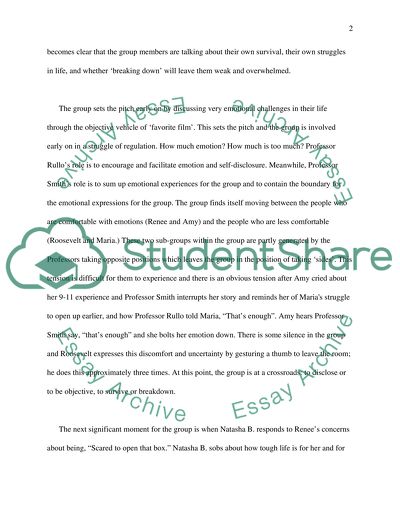Cite this document
(“Analyzing Group Process and Skill Selection Research Paper”, n.d.)
Analyzing Group Process and Skill Selection Research Paper. Retrieved from https://studentshare.org/miscellaneous/1512478-analyzing-group-process-and-skill-selection
Analyzing Group Process and Skill Selection Research Paper. Retrieved from https://studentshare.org/miscellaneous/1512478-analyzing-group-process-and-skill-selection
(Analyzing Group Process and Skill Selection Research Paper)
Analyzing Group Process and Skill Selection Research Paper. https://studentshare.org/miscellaneous/1512478-analyzing-group-process-and-skill-selection.
Analyzing Group Process and Skill Selection Research Paper. https://studentshare.org/miscellaneous/1512478-analyzing-group-process-and-skill-selection.
“Analyzing Group Process and Skill Selection Research Paper”, n.d. https://studentshare.org/miscellaneous/1512478-analyzing-group-process-and-skill-selection.


